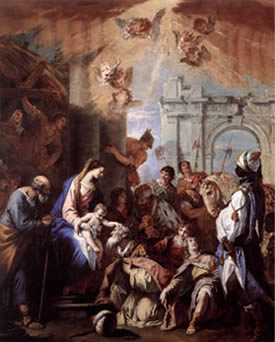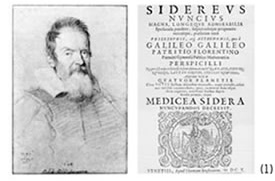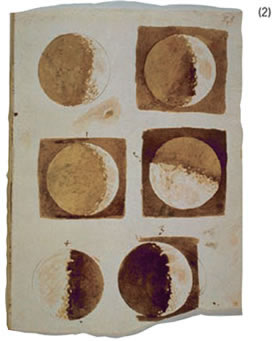|
|
||
| home - il natale di itineraria |
Auguri di Buon Natale 2008 |
||||

|
Del Signore è la terra e quanto
contiene: il mondo, con i suoi abitanti. È lui che l’ha fondato sui mari e sui fiumi lo ha stabilito. Chi potrà salire il monte del Signore? Chi potrà stare nel suo luogo santo? Chi ha mani innocenti e cuore puro, chi non si rivolge agli idoli. [Salmo 24]
|
|||
Sebastiano
Ricci (1659 – 1734), Adorazione dei Magi, 1726-30 ca., London, The Royal Collection |
Nel vangelo di Matteo
si narra dei Re Magi provenienti dall’antica Persia, le
prime figure religiose ad adorare e riconoscere Cristo. Astrologi e sacerdoti
zoroastriani, i Magi erano giunti a Betlemme seguendo la Stella
e fin dai primi secoli del Cristianesimo, hanno goduto di un particolare
rispetto. Ad essi sono stati associati gli atteggiamenti positivi del
rifiuto delle tenebre e della ricerca della luce spirituale. |
|||

Sidereus Nuncius, 1610 Bibliothèque Nationale, Paris La costellazione delle Pleiadi |
Nel 1609, quattrocento anni fa, Galileo Galilei mostrava il suo primo telescopio agli uomini di legge veneziani. L’anno successivo, nel libretto Sidereus Nuncius, egli descriveva le sue scoperte astronomiche. Galileo asseriva di aver visto montagne sulla luna e che la Via Lattea era formata da piccole stelle. Affermava inoltre di aver scoperto quattro piccoli corpi in orbita intorno a Giove che egli battezzava “Stelle medicee”. Spediva così a Firenze in dono a Cosimo de’ Medici, Granduca di Toscana, un eccellente telescopio per poterle ammirare. Galileo, l’uomo della “necessaria dimostrazione”, ovvero della rigorosa analisi scientifica, nel contempo affermava: Maria Paola Frattolin
Con l’augurio che si irradi nel cuore degli uomini la stessa luce che ha illuminato Galileo e guidato il cammino dei Magi, Itineraria augura Buon Natale 2008 e Felice Anno Nuovo 2009. Scarica e stampa l'augurio in pdf (180 Kb) |
|||
 Galileo Galilei (1564-1642)
disegno di M. Leoni, Musée du Louvre, Paris |
The Earth is the Lord’s, and the
fullness thereof; the world and they that dwell therein. For he hath founded it upon the seas, and established it upon the floods. Who shall ascend into the hill of the Lord? Or who shall stand in his holy place? He that hath clean hands, and a pure heart; who hath not lifted up his soul into vanity. [Psalm 24]
|
|||
 Sidereus Nuncius, 1610 Bibliothèque Nationale, Paris (1) Frontespizio (2) Le fasi della Luna |
The Gospel of Matthew tells us of the Magi coming from the East, precisely from ancient Persia. They were the first religious figures to worship and recognize Christ. Astrologers and Zoroastrians priests, the Magi came to Bethlehem following the star and, since the Early Christianity, they have been regarded with honour and esteem. They have been associated to the positive attitude of the refusal of the darkness and the search for the spiritual light. Maria Paola Frattolin
With the hope that
the same light that illuminated Galileo and guided the journey of the Magi shine on men’s heart, Itineraria wishes A Merry Christmas 2008 and a Happy New Year 2009. |
|||
| Amministrazione Trasparente Home |
|
||||
| © 2008 Copyright ITINERARIA - Tutti i diritti riservati. © Copyright project - Web Industry™ |